Camp Hialeah (Officer's Club)
U.S. military presence period
- Japanese colonial period
- U.S. military presence period
- The lives of residents in the Hialeah area
- Site Reclamation Period
The History of U.S. Military Presence Period (1945 - 2006)
On August 15, 1945, Japan announced its surrender, bringing an end to its colonial rule over Korea. Following this, the colonial authorities and Japanese residents in Korea repatriated to their homeland. Subsequently, the Korean Peninsula was divided and occupied by the victorious Allied powers of World War II, the United States and the Soviet Union. Military rule was imposed along the 38th parallel, with the Soviet Union administering the north and the United States controlling the south.
Following liberation, the U.S. 98th Army Corps entered South Korea to administer military government. After the Republic of Korea was founded on August 15, 1948, the corps withdrew to its home base but returned when the Korean War erupted in June 1950.
The U.S. military presence in Korea has spanned approximately 67 years, with a brief pause following the establishment of the Korean government.
Beyond its national role in maintaining military stability amid tensions between North and South Korea, the U.S. military presence in Busan also created a unique cultural enclave through the small, independent community at Camp Hialeah. This presence had a notable ripple effect on the local economy, particularly in areas like Seomyeon and Nampo-dong, as residents experienced new cultural influences both directly and indirectly.
From another perspective, citizens’ demands for the withdrawal of U.S. troops and the return of public land gradually grew into active civic movements.
With the outbreak of the Sino-Japanese War in 1937, horse racing activities were drastically curtailed, and the Seomyeon Horse Racetrack was converted into a military base. It served as a logistics hub connected to Busan Port, and the 10228th Cavalry Unit of the Japanese Army was established there to train and support military horses.
Around 1995, the push for a citizen’s park gained momentum with the formation of various civil society organizations advocating for the relocation of Camp Hialeah and the return of its site. In 2006, an agreement between Korea and the United States was reached to close the base, and after environmental assessments and park planning were completed, the groundbreaking ceremony for the historic Busan Citizens Park was held in August 2011.
-
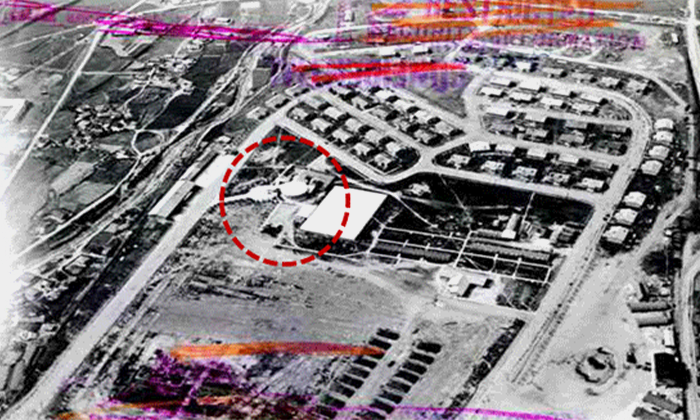
-
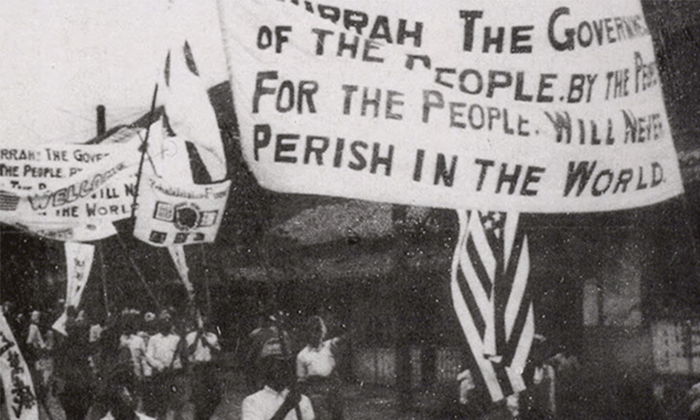
Streets of Busan After Liberation
-
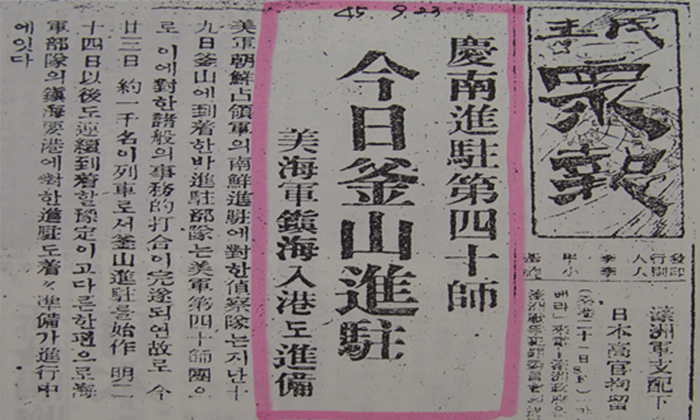
Article about US troops stationed in Busan (Minju Jungbo)
-
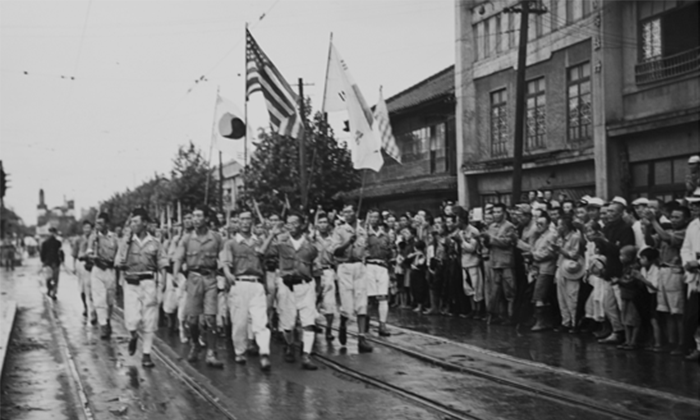
Posse parade to welcome stationed U.S. Troops (1945.9.16)
-
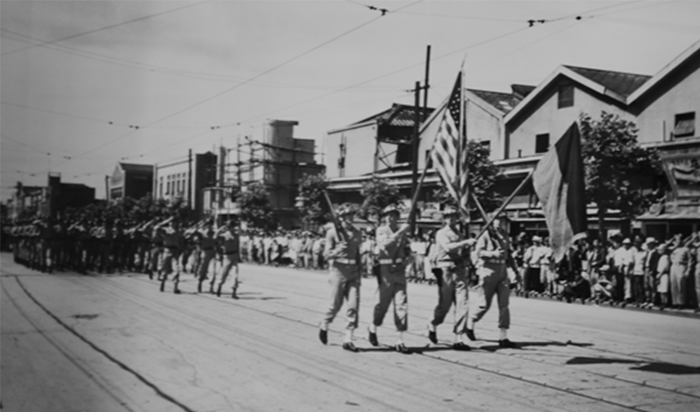
Demonstration march by the 6th Division (1946.7.4)